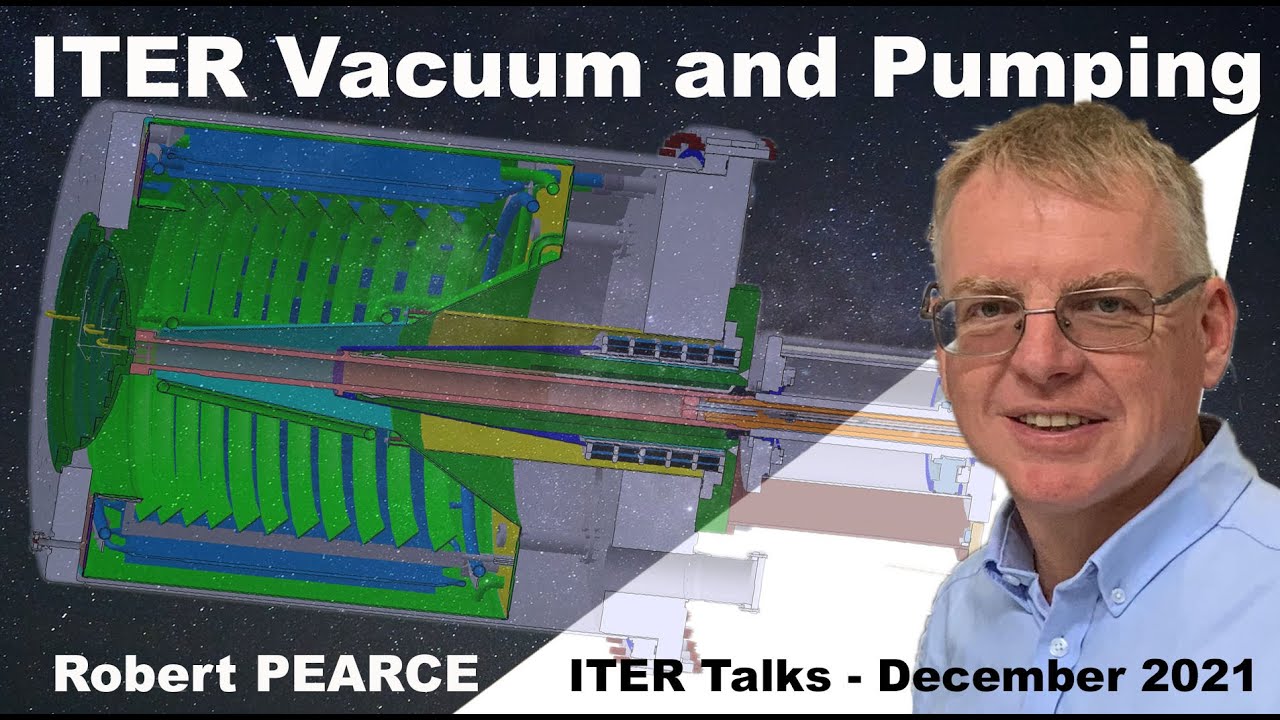Given that it’s something which occurs mostly in the cores of stars, you might not immediately associate thermonuclear fusion with a high vacuum, but the International Thermonuclear Experimental Reactor (ITER) will require the world’s largest vacuum system to achieve its goals. Together, the plasma chamber and cryostat will have a vacuum volume of 9780 cubic metres, plus kilometres of pipes, chambers, valves, and associated apparatus adding to the total. The highest vacuum, 10^{-8} pascals, has ten times fewer gas molecules per unit volume than low Earth orbit.
But a fusion reactor is not just an evacuated chamber: it is a dynamic arena in which fuel is introduced, reactions occur in an environment of extreme temperatures and low pressures, and the helium “ash” from fusion must be removed. The latter is a particular challenge, because helium liquefies at such a low temperature it cannot be removed by cryogenic pumps. The solution: charcoal made from coconuts!
